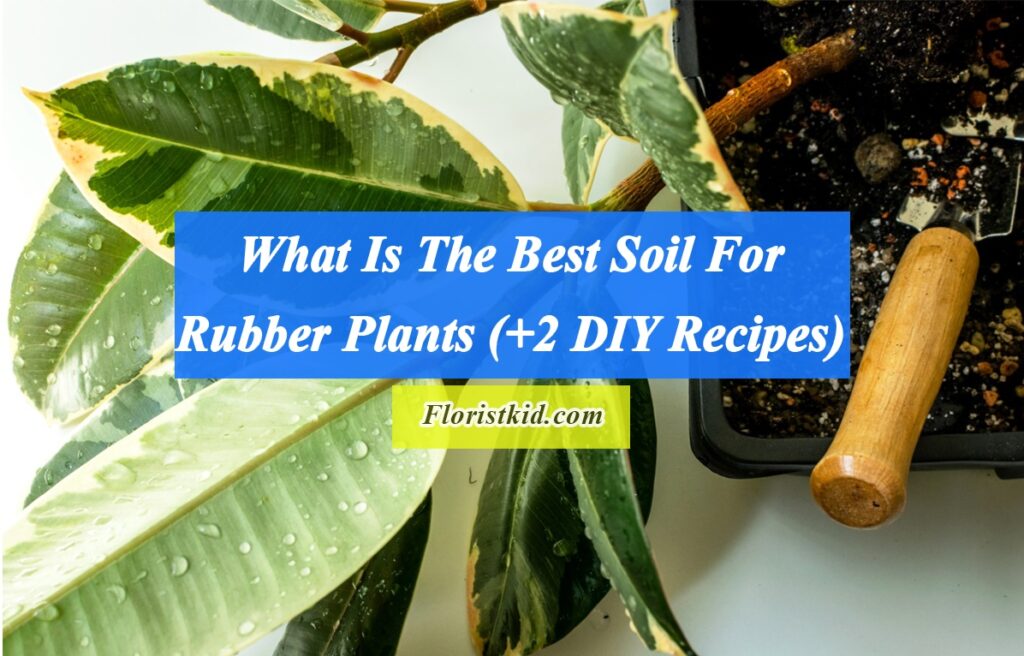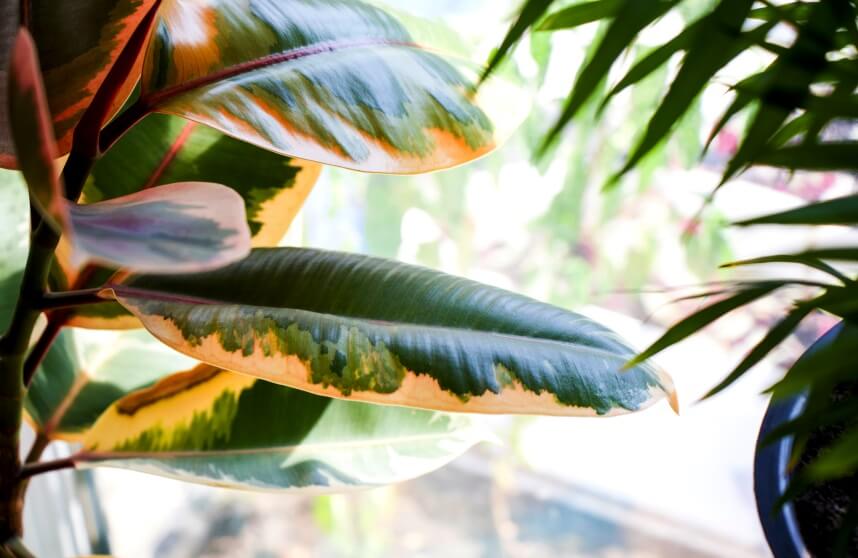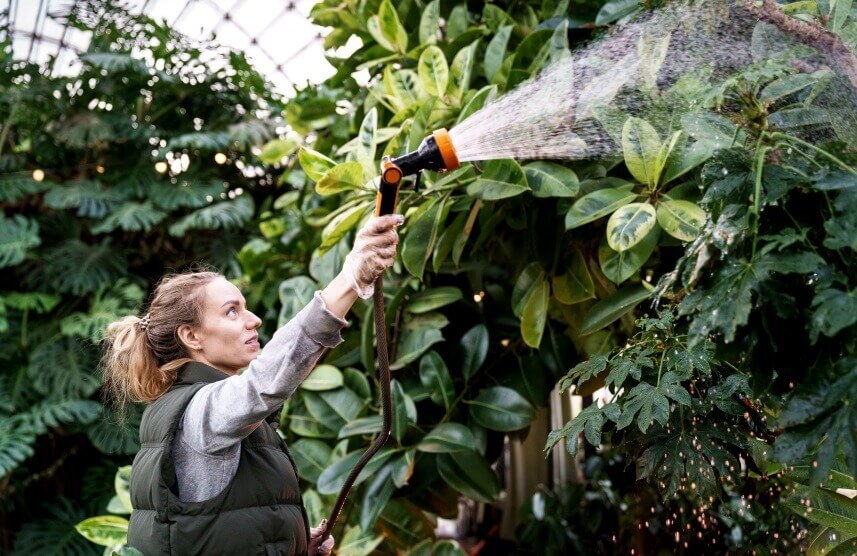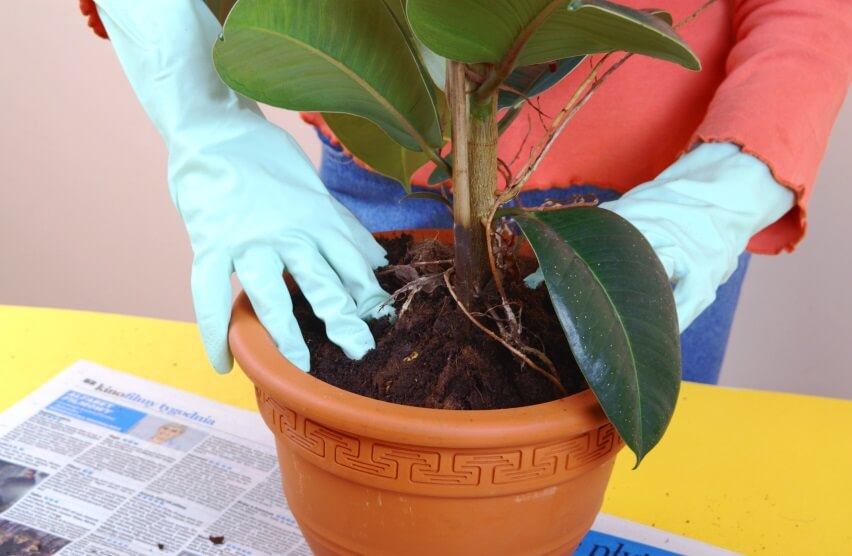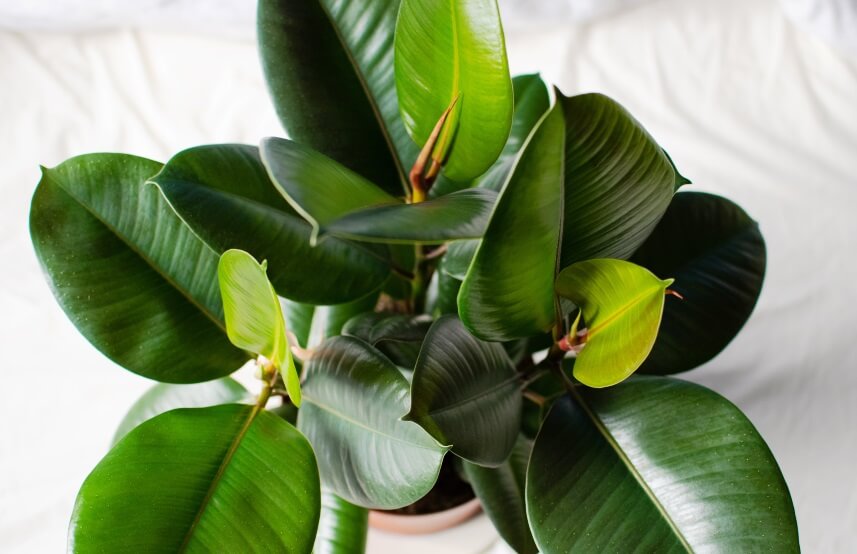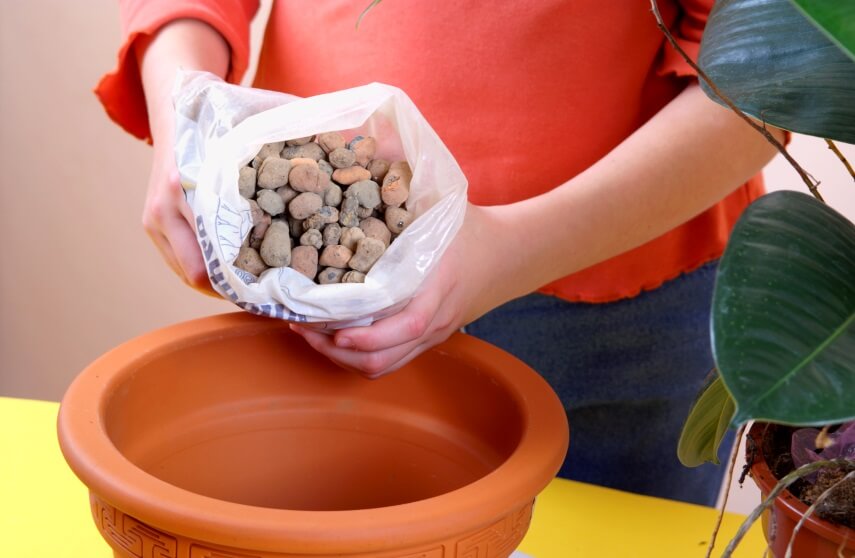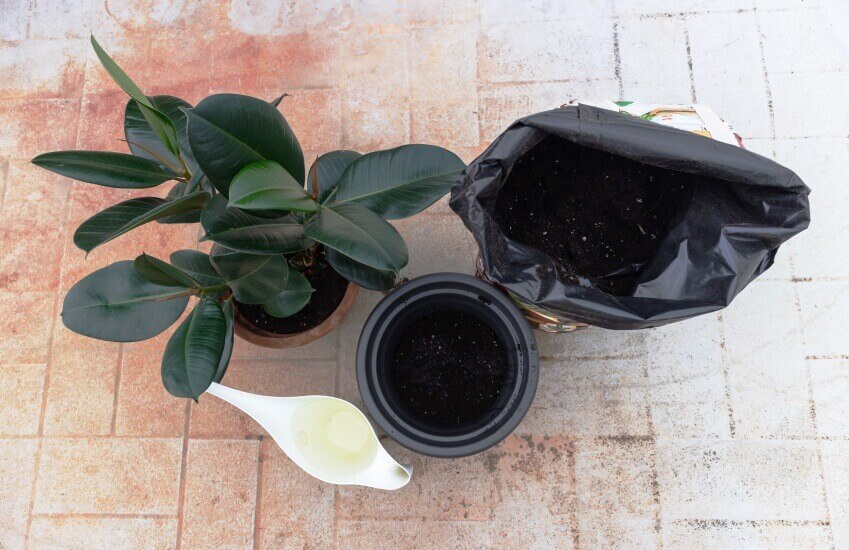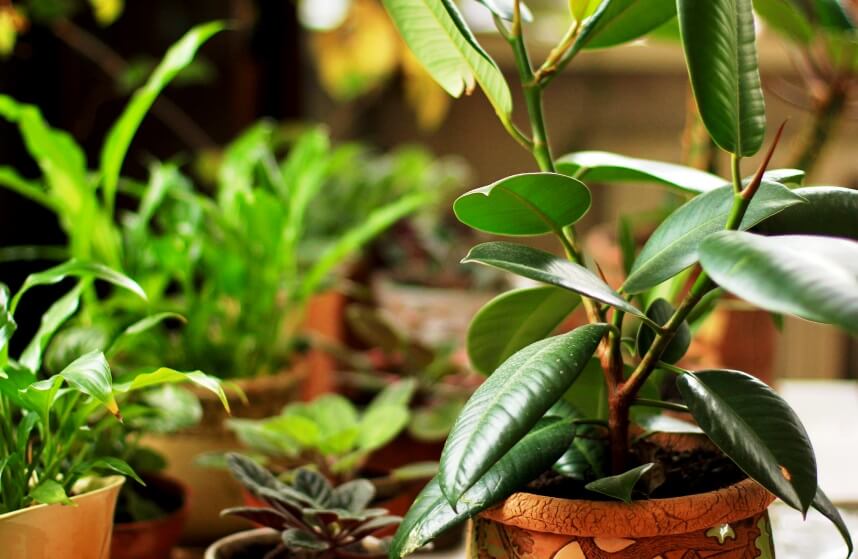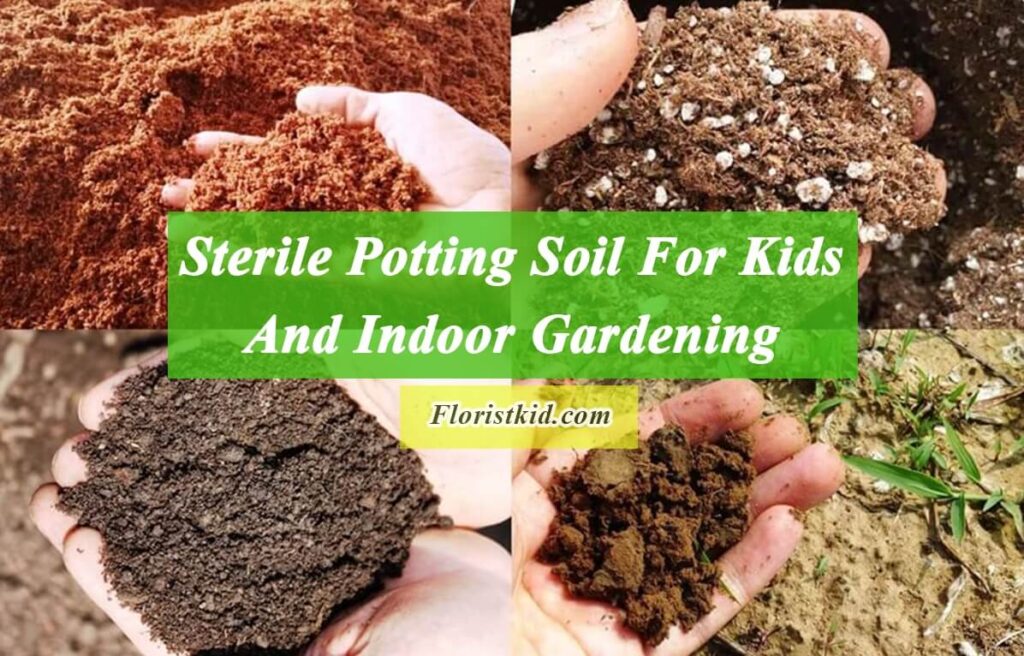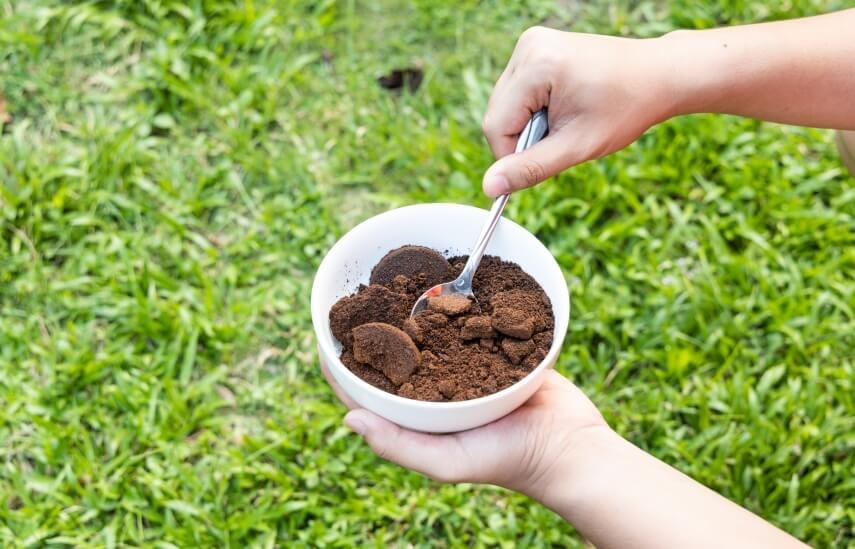If you want a tough but low-maintenance indoor plant that can grow to astonishing heights in a few years, the Rubber Plant (Ficus elastica) is a perfect choice. Although young rubber plants begin small, they will quickly fill the space in an empty corner thanks to their shiny, glossy leaves, which look lovely in most rooms.
Despite the fact that rubber plants are tolerant indoor plants, growing them requires having a proper environment and condition. The Ficus elastica’s growth can be influenced by the soil or other planting medium it is planted in. As a result, this article will discuss how to choose or make the best soil for Rubber plants.
If you are interested in this topic, you can also read
<<Best Soil For Lavenders >> and <<Best Soil For Pothos Plants>> articles.
About Rubber plants
You can enjoy rubber trees as either medium-sized indoor plants or grow them into stunning indoor focal points. If you have the patience to grow them yourself, buy young rubber plants and let them grow into mature plants.
Within a few years, they can reach astonishing heights, especially if you leave the plants outside in the summer. If you wish to keep the rubber plants small, you can do so by keeping them in small pots.
Signs Of Using The Wrong Potting Mix For Rubber Plant
Too much or too little moisture retention in soil mixtures is the most frequent issue for rubber tree plants. Therefore, finding the proper balance between water retention and draining is crucial.
In general, rubber tree plants prefer to be wet but not drenched. Here are signs of excessive moisture [1]:
- Yellow or brown patches
- Drooping or falling leaves
- Yellow or brown leaves
Signs of too little moisture:
- Leaves feel crisp rather than waxy
- Leaves curling inward
All of these symptoms indicate stress. These symptoms show that an immediate change is required to stop these stress-related diseases from progressing to the point where the plant may die.
Best pH Level for Rubber Tree Plant Soil
Rubber tree plants of all cultivars, and variations thrive in slightly acidic potting soils. They can survive in soils with pH extremes of 5 to 8.3, but the best soil for rubber plants is a potting soil with pH levels of 5.5 to 7.0 [2].
To avoid root rot, bacterial, and fungal infections and provide the ideal environment and moisture level for their roots, rubber tree plants need well-draining potting soil.
The best soil for rubber plant
The best soil for rubber tree plants is well-draining and slightly acidic, with a pH ranging from 5.5 to 7.0. These plants also demand nutrient-rich soil because they develop quickly and are heavy feeders.
How to make the best soil for rubber plants (DIY Recipes)
It is easy to make potting soil for rubber plants. Most gardening supply stores have the few essential items you need. The following recipes can be used to create the best rubber plant soil:
Recipe 1:
- Two parts peat moss or commercial potting soil
- One part pine bark
- One part coarse sand or perlite
Recipe 2:
- One part cactus soil
- One part compost or vermicompost
- One part peat moss/cocopeat
Ready-mixed soil for rubber plants
If you are not a DIY enthusiast or do not like to buy and store a lot of different ingredients, you can purchase commercial pre-mixed rubber plant soil that is prepared for use right out of the bag.
Before purchasing ready-mixed soil for the rubber plant, check the label to see the major elements. An ideal pre-made potting soil for rubber plants should have components like peat moss, pine bark, pumice, perlite, and sand.
The Natural and Organic Potting Soil from Black Gold is a wise choice for your Rubber tree. This soil is enriched with pumice and perlite for great drainage and it also incorporates a small charge of organic fertilizer, which will assist your plant in getting extra nutrients as it adjusts to its new container.
Avoid using potting soils that have wetting agents incorporated into them. If you use these types of soils with rubber trees, there is a chance that the soil will become overly damp. It is much preferable to establish appropriate watering habits to have more control over the moisture level.
Pot size of rubber plant
Depending on the plant size, you can optionally select the pot size. Examine the size of the plant’s root ball before choosing a suitable pot for a fully-grown rubber plant. Rubber plants do not like to have their roots confined; thus, It is better to repot an adult Ficus elastica in a container that is only one-third larger than the size of the root ball. This equates to around 1-2′′ of space on all sides between the roots and the container.
Although for a newbie, this measurement is merely an approximation, here’s how it works: Use a gallon container for a rubber plant that is one foot tall, a two-gallon pot for a plant that is two feet tall, and so on.
You can repot the plant into a bigger pot as it gets bigger. Always transfer the plant to a marginally bigger container while repotting. Avoid moving the plant to a pot that is too large, as this will hinder the growth of your rubber plant. If your rubber plant was previously potted in an 8-inch container, repot it in a 10-inch container. Do not just put it into a 14-inch pot since it might not grow well.
When should you repot a rubber plant?
Only after the rubber plant outgrows its current pot should you consider repotting it. When your plant needs a change, they will start to show you.
You should not repot them before that time. A good average would be between two and three years. If your rubber plant displays symptoms of being root-bound, you may need to repot them sooner; otherwise, if they are flourishing in the present size pot, there is no need to bother them.

